Northumbrian Masons Attend Supreme Council 33°
Promotions and Fellowship at the Grand East in London On Monday, 20th October, seven members of the Rose Croix from…

At the beginning of the Eighteenth Century, there were numerous Lodges all over the country, each Lodge being a law unto itself, there being no higher authority than the Master for the time being.
New Lodges were formed whenever and wherever any member or members thought fit. There were no Warrants or Consecration Ceremonies, no regular subscriptions, each member contributing to the expenses of the evening, and adding something extra for the benefit of the poor and distressed.
The only clothing worn was a plain lambskin apron and white gloves, and jewels and ornaments rarely, if at all worn.
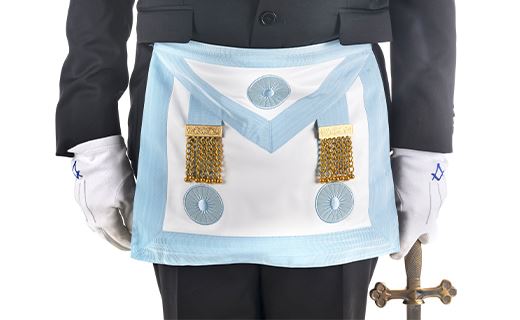
Such, briefly, is a simplified overview of the condition of Masonry, when in 1717, four Lodges in London formed a Grand Lodge as a centre of union and harmony. The Lodges at this time had no name or number, but were known by the signs of the inns or coffee houses at which they met; including one which met at the unfortunately named ‘Banner of the Devil’ tavern near Temple Bar, London!
The first Lodge to have a name was the Universities Lodge in 1730, but it was to be some fifty years or more before this custom became universal.
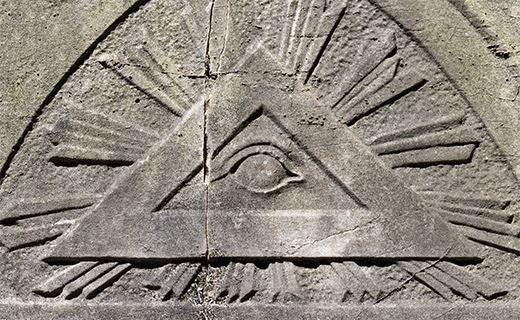
The only account of the first meeting and subsequent history for the first six years is contained in the second edition of Dr. Anderson’s Constitutions, which was issued in 1738, twenty-one years after the events recorded. This account reads as follows:
‘After the Rebellion was over in 1716, the few Lodges at London, finding themselves neglected by Sir Christopher Wren, thought fit to cement under a Grand Master as the centre of Union and Harmony- namely the Lodges that met:
1. At the Goose and Gridiron Alehouse in St. Paul’s Churchyard.
2. At the Crown Alehouse in Parker’s Lane near Drury Lane.
3. At the Apple Tree Tavern in Charles Street, Covent Garden.
4. At the Rummer and Grapes Tavern, Channel Row, Westminster.
They and some old Brothers met at the said Apple Tree Tavern and put into the Chair the oldest Master Mason (now the Master of a Lodge); they constituted themselves as a Grand Lodge pro Tempore in due form and forthwith revived the Quarterly Communication of Officers of Lodges (called the Grand Lodge- resolved to hold the Annual Assembly and Feast, and then to chose a Grand Master from among themselves, till they should have the honour of a noble Brother at their head,
Accordingly, on St John Baptist’s Day, in the third year of King George I, 1717, the Assembly and Feast of the Free and Accepted Masons was held at the aforesaid Goose and Gridiron Alehouse.
Before dinner, the oldest Master Mason (now the Master of a Lodge) in the Chair, proposed a list of proper candidates, and the Brethren, by a majority of hands elected – Mr Anthony Sayer, Gentleman, Grand Master of Masons, who being forthwith invested with the badges of Office and Power, by the said oldest Master and installed, was duly congratulated by the Assembly who paid him the homage. ‘
The rise of the Provincial Grand Lodge system followed soon after the formation of Grand Lodge in 1717. It will be noted that the original Grand Lodge was based in London and comprised entirely of London lodges. Gradually, however, its authority spread throughout the country. For the efficient regulation and administration of the Craft in the provinces, the Grand Master needed to have local representation. The first Provincial Grand Master was appointed for Cheshire in 1725, and other Provinces were soon established, with the Province of Northumberland coming into being in 1734. The first Provincial Grand Master was Matthew Ridley, scion of an old Northumbrian Family.
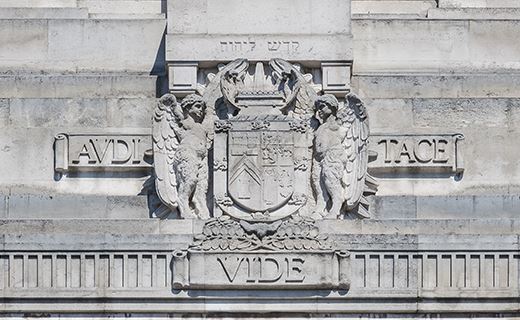
At this time, there were very few Lodges in existence in Northumberland; there were at least three Lodges: one at Alnwick, and possibly two at Newcastle. The absence of official records makes precise dating and naming the Lodges difficult, as Lodges were generally known by the place where they held meetings; for example, ‘ …On the 16th June 1731, a Lodge was held at the house of Jonah Gray, Kings Arms…’
While there may have been sporadic meetings, the first ‘official’ meeting of Provincial Grand Lodge was recorded as having been held on 27 December 1797, at the White Hart Inn, Newcastle, under the direction of the amiable and notoriously eccentric John Errington, Provincial Grand Master. There were three Lodges represented: St. Nicholas ( Newcastle), St. Bede’s ( Morpeth) and St. George’s ( North Shields).
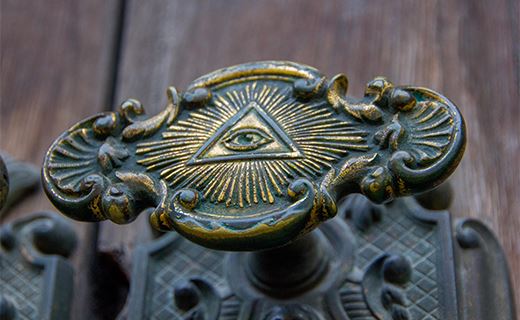
Afterwards, the Brethren went in procession to St John’s Church where they heard a sermon and a collection was taken up , amounting to £14.00 ‘ for the benefit of poor married women’.
Following the Act of Union between the two rival ‘Ancient’ and ‘Modern’ Grand Lodges, under one United Grand Lodge of England in 1814, Freemasonry began to expand rapidly, both nationally and at a local level.
In Northumberland, the Provincial Grand Lodge began to expand, and a list of Officers of the Province in 1829 amply demonstrates that maturing ; including as it does additional administrative Officers such as Secretary, Treasurer and Registrar.
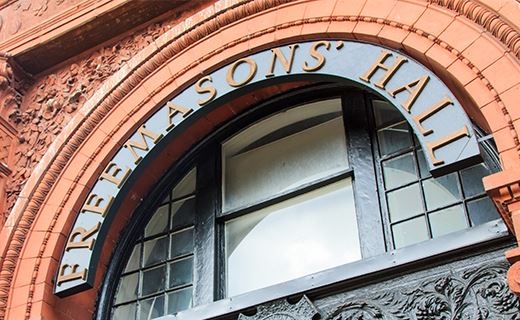
The meetings of Provincial Grand Lodge were held as occasion demanded, sometimes meetings were specially convened to consecrate a new Lodge such as St, David’s Lodge No 826 as it was numbered at that time, at Berwick.
As the Province began to expand, the calibre of the members of Provincial Grand Lodge, exemplified by the choice of appointment to Provincial Grand Master of notable local worthies, gave Freemasonry the standing and respectability it craved.
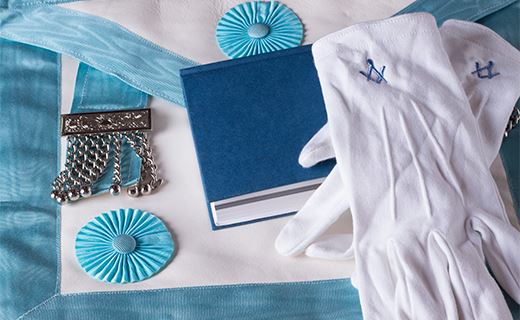
1734-1771 – Matthew Ridley
1771-1806 – John Errington
1806-1824 – Sir John E Swinburne
1824-1837 – Sir Matthew White Ridley
1837-1839 – John George Lambton, Earl of Durham
1845-1848 – General Lord Frederick Fitz-Clarence
1848-1869 – Reverend Edward Challoner Ogle
1869-1886 – Earl Percy, Duke of Northumberland
1886-1906 – Sir Matthew White Ridley
1906-1909 – Augustus Edward Burdon
1909-1931 – Colonel Charles Warren Napier-Clavering
1932-1947 – Sir Cecil Algernon Cochrane
1947-1952 – William Cooper Bailey
1952-1976 – John Michael Smith Coates
1976-1992 – John Sherwood Stephenson
1992-1998 – Michael Nixon Craigs
1998-2007 – George Usher
2007-2014 – Peter Magnay
2014 – John James Craigs
1734 – First Provincial Grand Master appointed and consequent establishment of Provincial Grand Lodge.
1797 – First recorded meeting of Provincial Grand Lodge at the White Hart Inn, Newcastle upon Tyne
1810 – Provincial Grand Lodge meeting at Berwick to lay the Foundation Stone for the Pier, which included a ‘Grand Masonic Procession’.
1814 – Act of Union between the two rival ‘Ancient’ and ‘Modern’ Grand Lodges into one United Grand Lodge.
1822 – Visit of the Grand Master, The Duke of Sussex, to lay the Foundation Stone of the Literary and Philosophical Society in Newcastle upon Tyne. He returned to Newcastle in 1839 and attended a meeting of Provincial Grand Lodge.
1839 – The Earl of Durham, Provincial Grand Master died, and the Province was under the charge of a Grand Registrar, with William Loraine as Deputy Provincial Grand Master. Even though Lord Frederick Fitz-Clarence was appointed as Provincial Grand Master in 1845, he was never installed, and Rev. E C Ogle was installed in his stead in 1848.
1878 – Alnwick Castle hosted a Provincial meeting at which 750 members were present.
1931 – Death of Colonel Charles Warren Napier- Clavering, who had been Provincial Grand Master since 1909. He was one of the most influential Masons of his day, a veteran of the Burmese Campaign of 1887; Head of the Allied Masonic Degrees, and the Order of the Secret Monitor, and may have been partly responsible for introducing Emulation Ritual to Northumberland. His biography was published in 2020,
Further information on those events, and many other Masonic subjects, may be had from the Provincial Library and Museum, 17 Lansdowne Terrace, Gosforth. The Library is open on Tuesday and Thursday afternoons, and at other times by arrangement. Contact the Librarian, W Bro Ian W Brown on i.w.brown@btinternet.com.